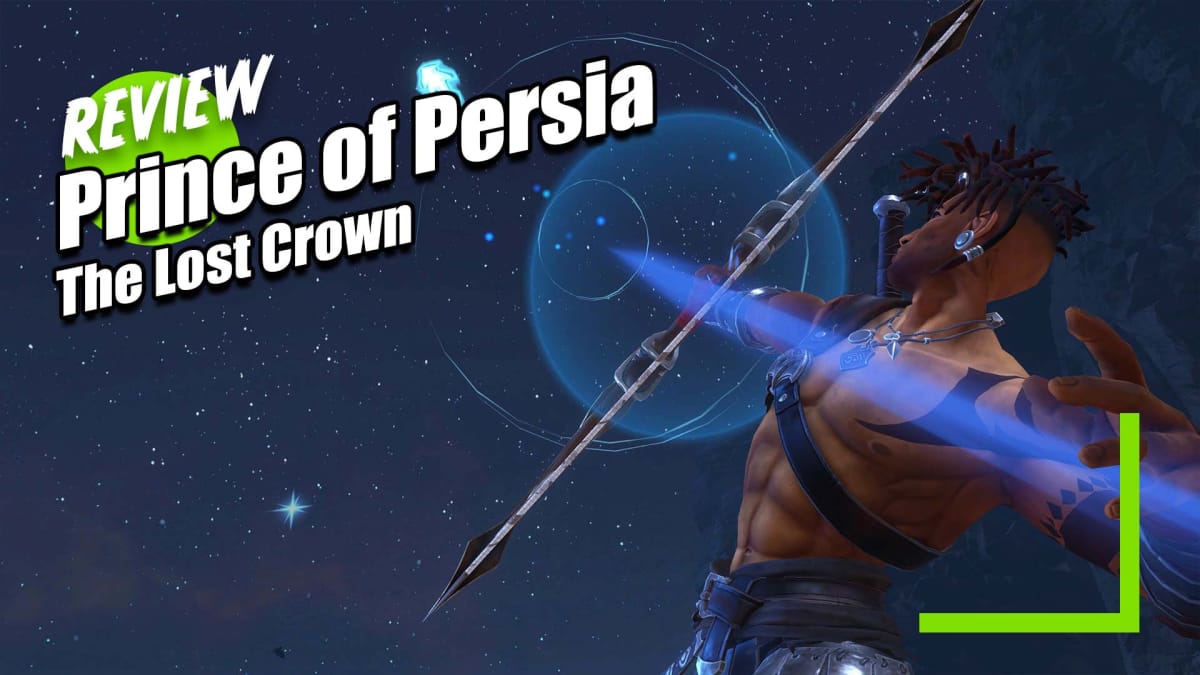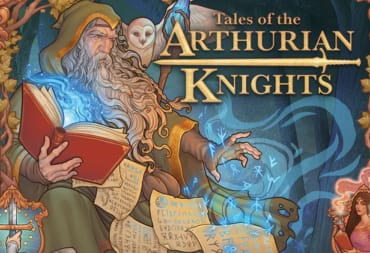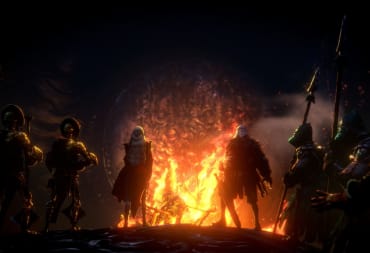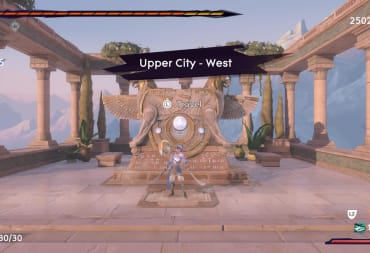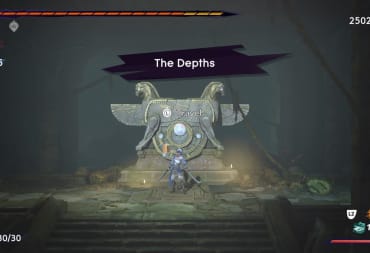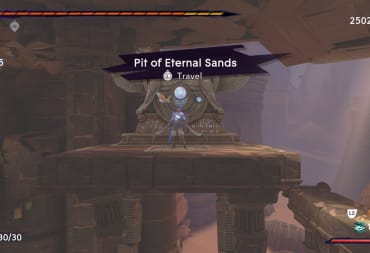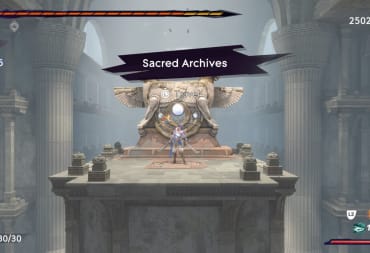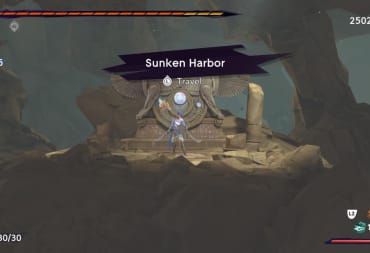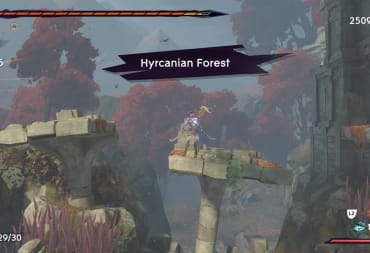Prince of Persia hasn’t been in the limelight for years, with its last mainline entries barely making a splash (Forgotten Sands, indeed). Thankfully, The Lost Crown brings it back to the forefront with flair and gusto, giving players a new way to experience the franchise.
Prince of Persia: The Lost Crown effectively executes on the metroidvania formula, hitting all the right notes to create an overall satisfying experience. The power progression is precisely paced, keeping you on the hook without making you wait too long. And the boss fights, for the most part, are exciting set pieces.
Unfortunately, if you’re looking for a remarkable story, there’s nothing here to really write home about. The story plays second fiddle to the gameplay, and the presentation highlights the over-the-top action more than the emotional stakes of the characters.
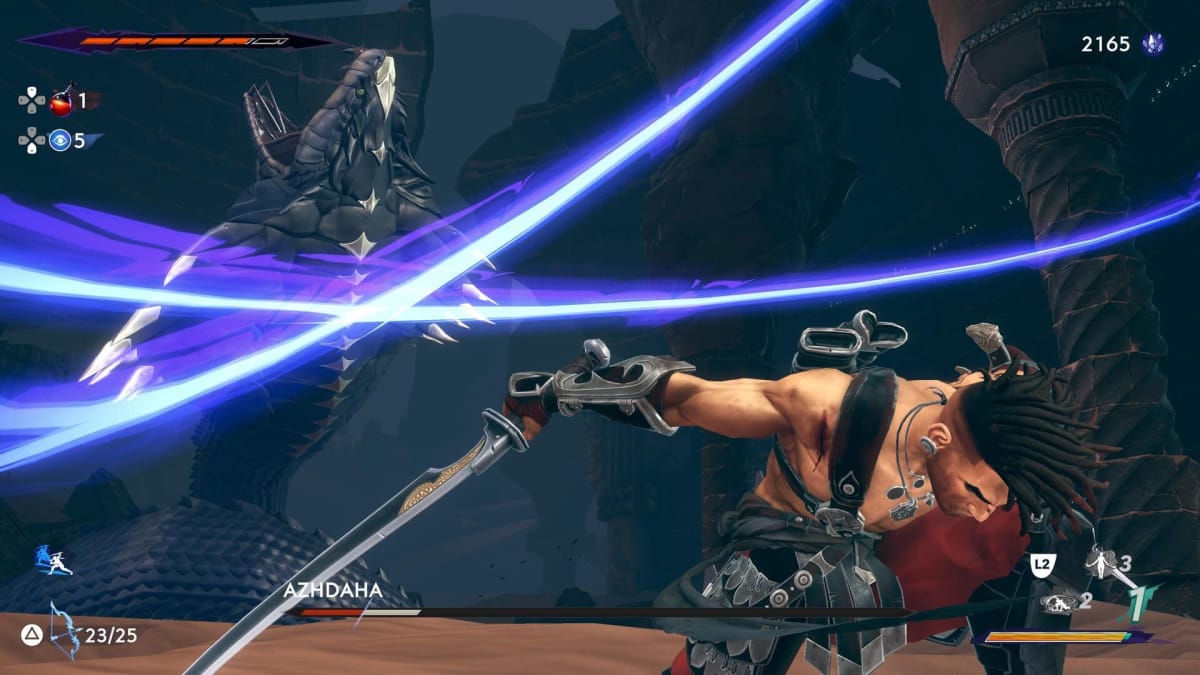
At TechRaptor, we’ve been watching this game closely since last summer, when our first hands-on moments really impressed us. Last month, an even longer preview period only solidified my hopes. Now, after 19 hours of gameplay, I can say my expectations were met, but I wasn’t completely blown away.
The Rule of Cool
In Prince of Persia: The Lost Crown, you play as Sargon, a member of the Immortals, Persia’s elite warriors. He and the other Immortals are trying to save Prince Ghassan, who has been kidnapped and taken to Mount Qaf. Unfortunately, time and space don’t work the same here, leading to lots of metaphysical twists and turns.
What stood out the most to me in my journey through Mount Qaf is undoubtedly the action. Sargon has the power of a bird god and anime on his side. Things start out fairly simple on the surface, but the powers and abilities you get throughout the game add some depth and excitement to combat.
Early on, Sargon gets the power to create a clone of himself, bookmarking a moment in time for you to return to. It’s a basic yet versatile mechanic that lets you express your creativity offensively or defensively.
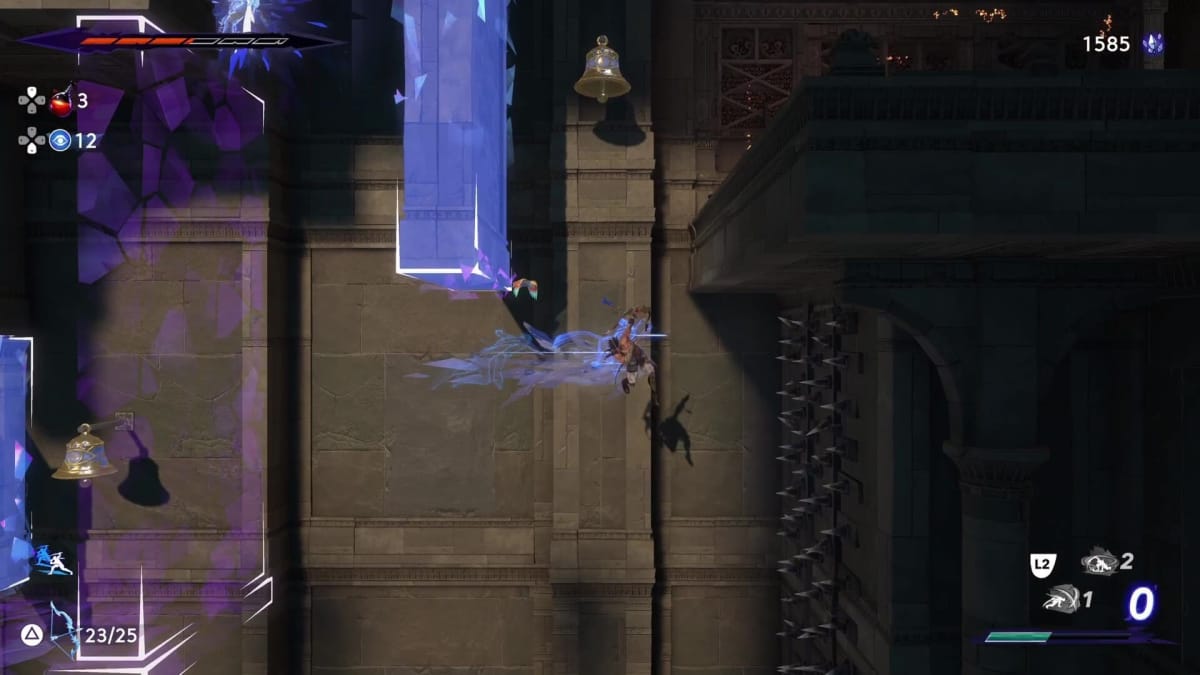
For example, you could set the clone somewhere safe in a boss fight, effectively giving yourself a get-out-of-jail panic button. Alternatively, you could use it to do a charged downward attack twice in a row, which is definitely more for style points than damage.
Other abilities include something akin to a grapple hook and the ability to teleport to one of your projectiles, really fleshing out your options in combat. Swappable amulets further expand the variety, giving players ways to customize Sargon to their own playstyle.
I ran with a more offensive approach, taking amulets that could turn my chakram into a floating storm of blades. Another one created a bubble of slow motion with every parry, giving me a huge window to do lots of damage.
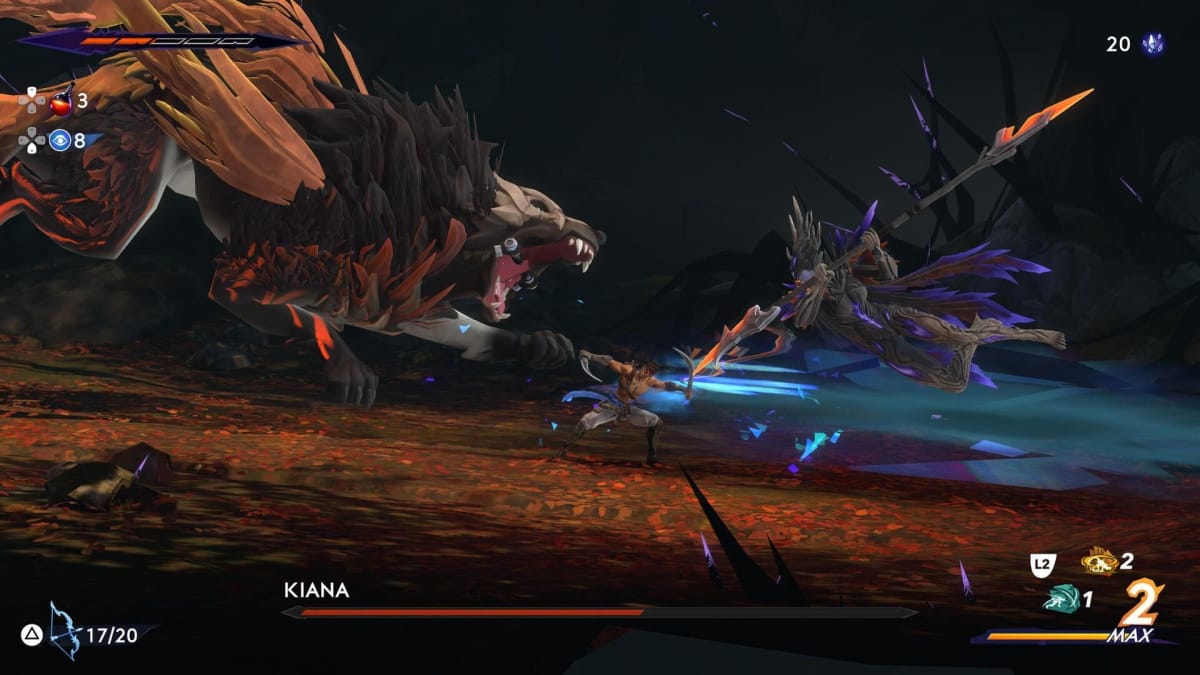
With responsive movement, engaging tools, and myriad amulets that let me express myself with ease, I found myself really enjoying the boss fights, particularly the latter ones. They stand out as some of the most lively and thrilling parts of Prince of Persia: The Lost Crown.
Enemies telegraph most of their attacks, and usually Sargon has something to dodge, parry, or counter their moves. Perfect parries come with flashy cutscenes that feature some slick fight choreography that’s wonderfully over the top and definitely inspired by shonen anime.
And if you miss a perfect parry during a boss fight? They’ll hit you with an equally cool cutscene at the cost of some health. To be clear, The Lost Crown doesn’t sacrifice substance for style, but it does effectively use compelling fight animations to complement its substantive combat system.
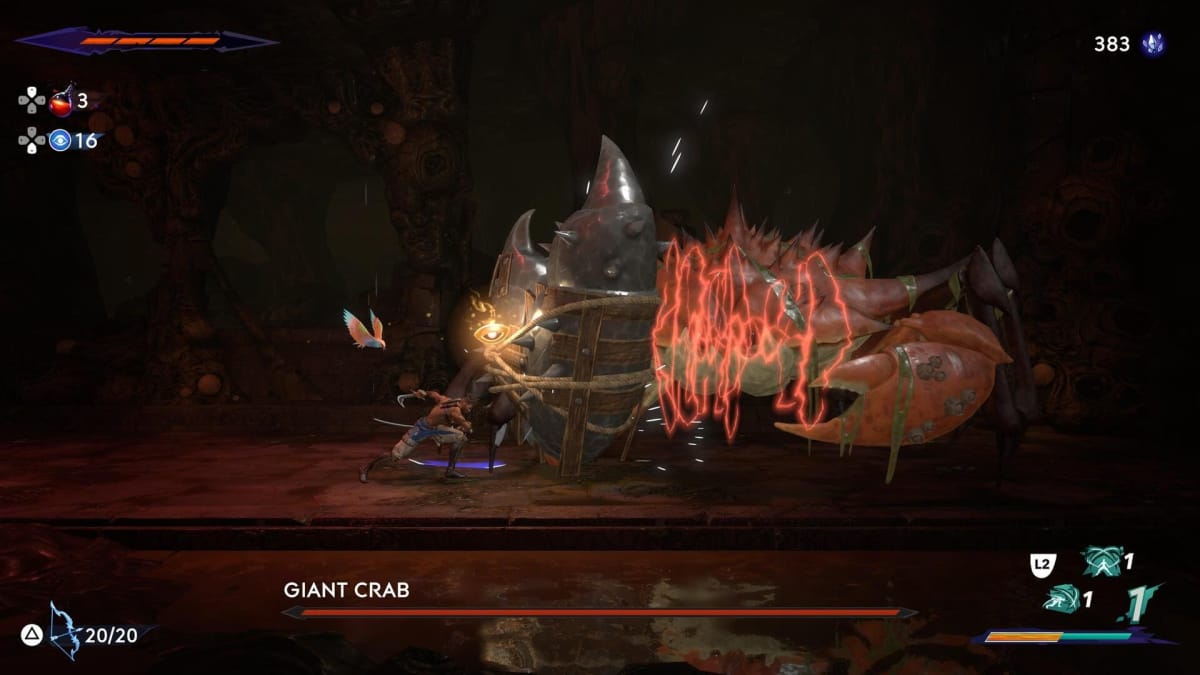
Metroidvania Done (Al)right
Combat aside, Sargon gets a lot of abilities that help him explore the winding map of Mount Qaf, as you’d expect for a metroidvania. Genre staples like double jump and air dash feel great, and the time clone power lends itself to some satisfying puzzle mechanics.
The levels are designed well, often clearly signposting when you can and can’t access an area because of your current powers. I quickly picked up on when a path was a future problem, streamlining the experience so I wouldn’t waste time on a moot point.
One area’s aesthetic especially blew me away. Without spoiling it much, it takes the game’s thematic points about the consequences of messing with time and takes it to its visual, elemental extreme. It’s so cool that it feels like an outlier when compared to the rest of the game’s visual direction.
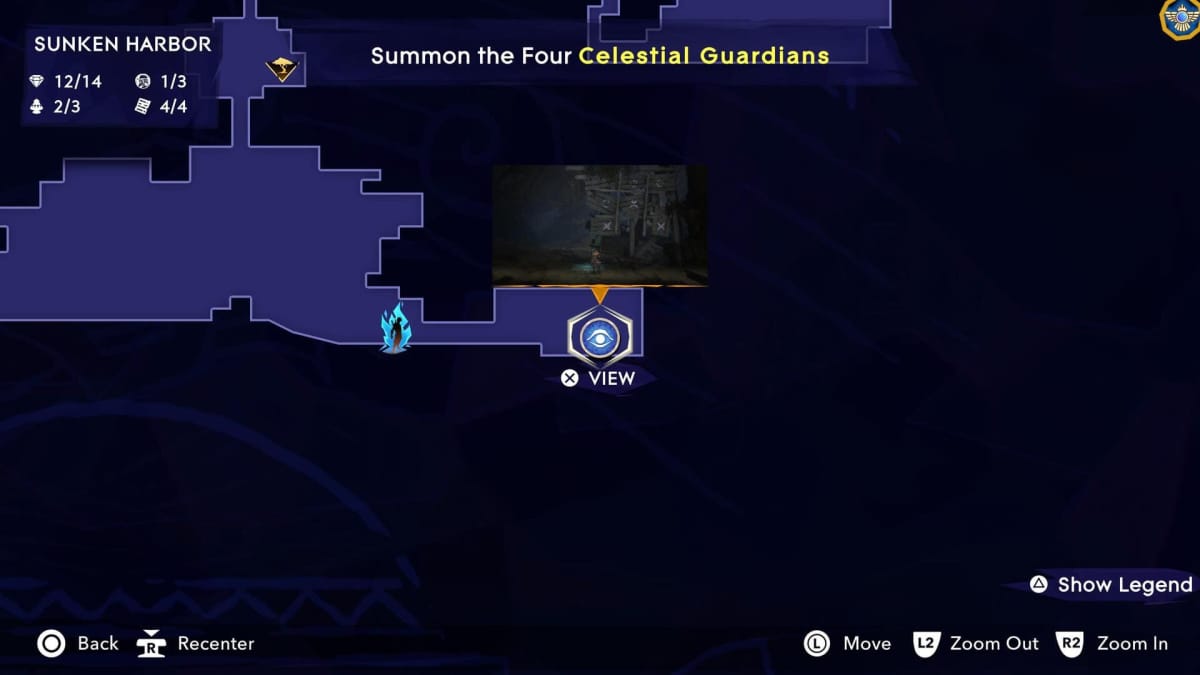
A small, innovative feature that I really appreciated was the memory shard ability. These let you take screenshots of whatever you want to remind yourself about, and it’s placed right on the map. It’s a neat in-game note-taking feature that serves as a helpful reminder for when you want to collect that just-out-of-reach treasure chest.
Unfortunately, after a while, I found that my drive and curiosity to explore diminished. At first, it was exciting to see the new areas I could explore with each successive power. I needed resources to upgrade my attack power, and I was curious about what amulets were out there that could modify my play style.
However, there’s a lot of fluff when it comes to collectibles. Prince of Persia: The Lost Crown has a lot of lore as collectibles, and some of it is neat. There’s a lot here that provides some insight into the gods and King Darius, which alternate history fans might enjoy.
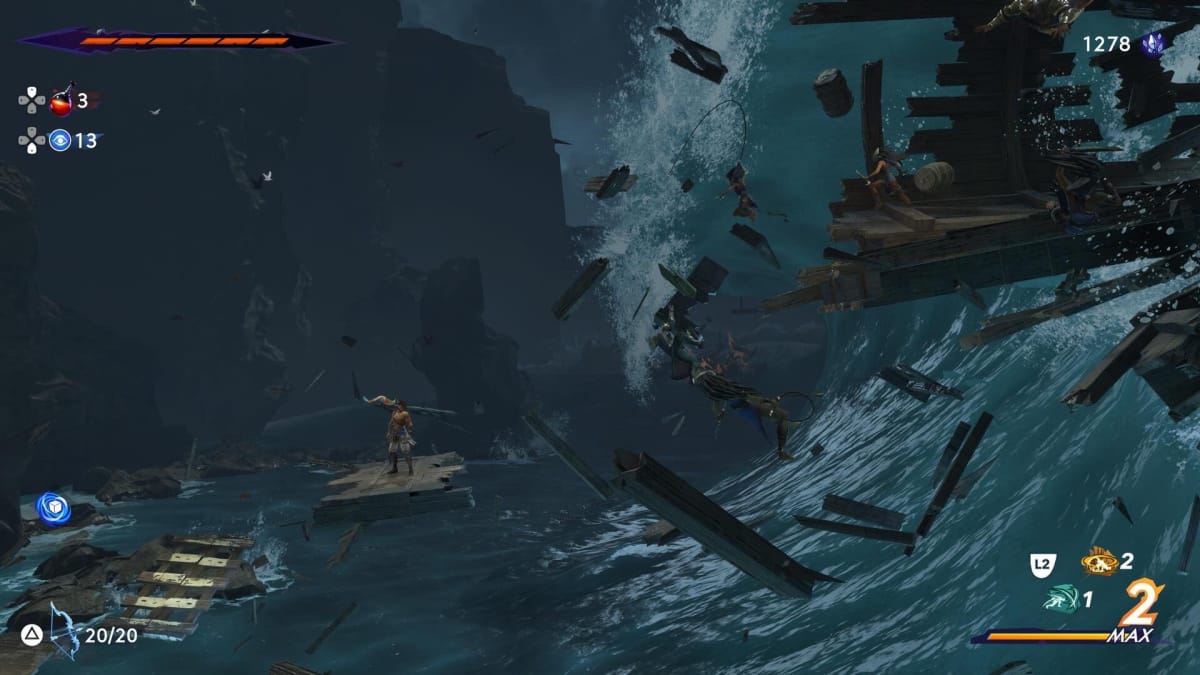
But there’s also a lot of day-in-the-life sort of lore notes written by unmemorable random names. They act as set dressing, but they don’t exactly spark the same excitement as weapon resources. Ultimately, they deflate the drive to explore, which isn’t ideal in a metroidvania.
Perhaps if the story was more intriguing, I’d find myself more invested in these scattered notes and letters. As it is, it’s a fairly cookie-cutter narrative about a misguided bad guy who wants to be a god for the sake of his own version of justice.
At each pivotal story moment and reveal, I found myself not really buying the character motivations that led these characters to where they end up. For the most part, it felt like things have to happen just because, not because characters put in the effort to enact change.
To put it simply, I found myself saying this a lot: “This fight is happening for a dumb reason that doesn’t make sense. But the fight was pretty cool, so I’m down for more.” It’s rule of cool, through and through.
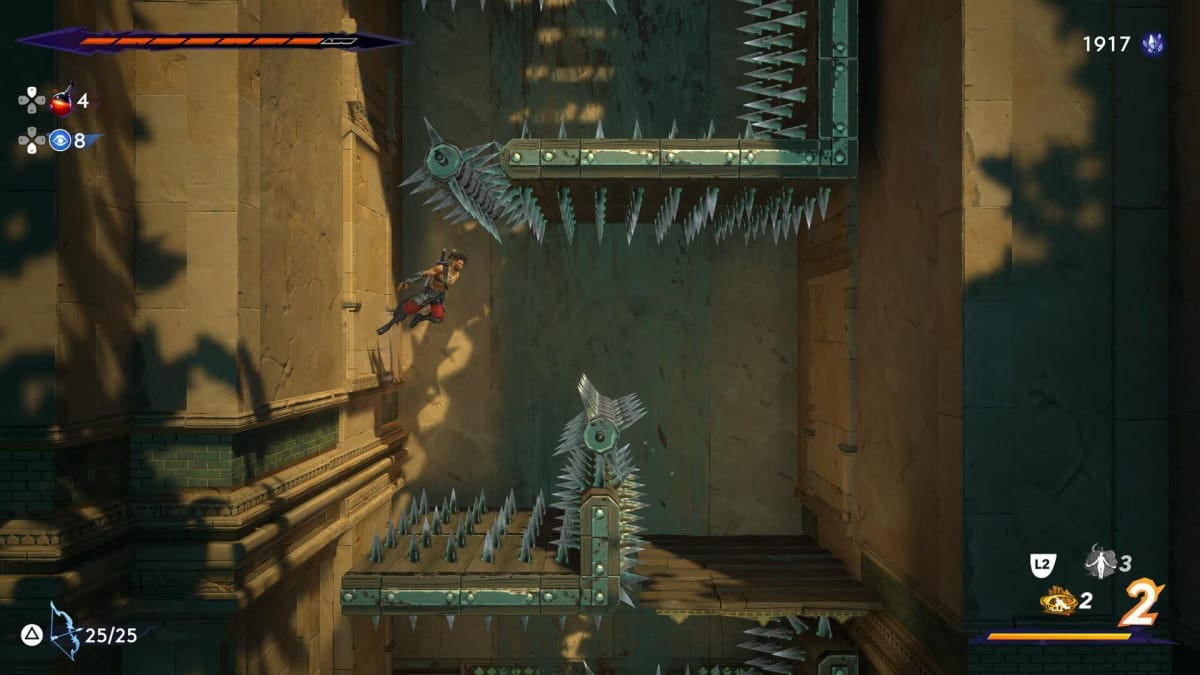
Prince of Persia: The Lost Crown Review | Final Thoughts
It’s gotten easy to identify the Ubisoft semi-formulaic approach to games, dismissing them as “just Ubisoft games.” The recent release of Avatar: Frontiers of Pandora is a prime example. Prince of Persia: The Lost Crown, thankfully, breaks that streak.
Aside from the bloated list of collectible lore entries and a forgettable narrative, this metroidvania is pretty lean, mostly leaning into killer moments with little filler. It’s a competent metroidvania that doesn’t overstay its welcome, and it successfully delivers action-packed moments that are a ton of fun. It just might not stick with you for a long time afterward.
Prince of Persia: The Lost Crown was reviewed on PlayStation 5 with a code provided by Ubisoft over roughly 19 hours of gameplay. All screenshots in this review were taken by the reviewer during gameplay.
Review Summary
Pros
- Exciting boss fights with cool animations
- Fun combat with engaging tools
- Level design is clear and easy to navigate
Cons
- Forgettable narrative that mostly ignores its characters
- Bloated list of collectibles
Have a tip, or want to point out something we missed? Leave a Comment or e-mail us at tips@techraptor.net
